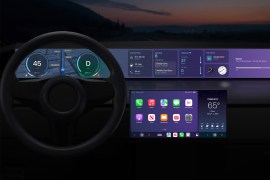Best upcoming phones: future phones for 2024
From affordable phones to fresh flagships and folding phones, there's no shortage of exciting upcoming phones on the horizon
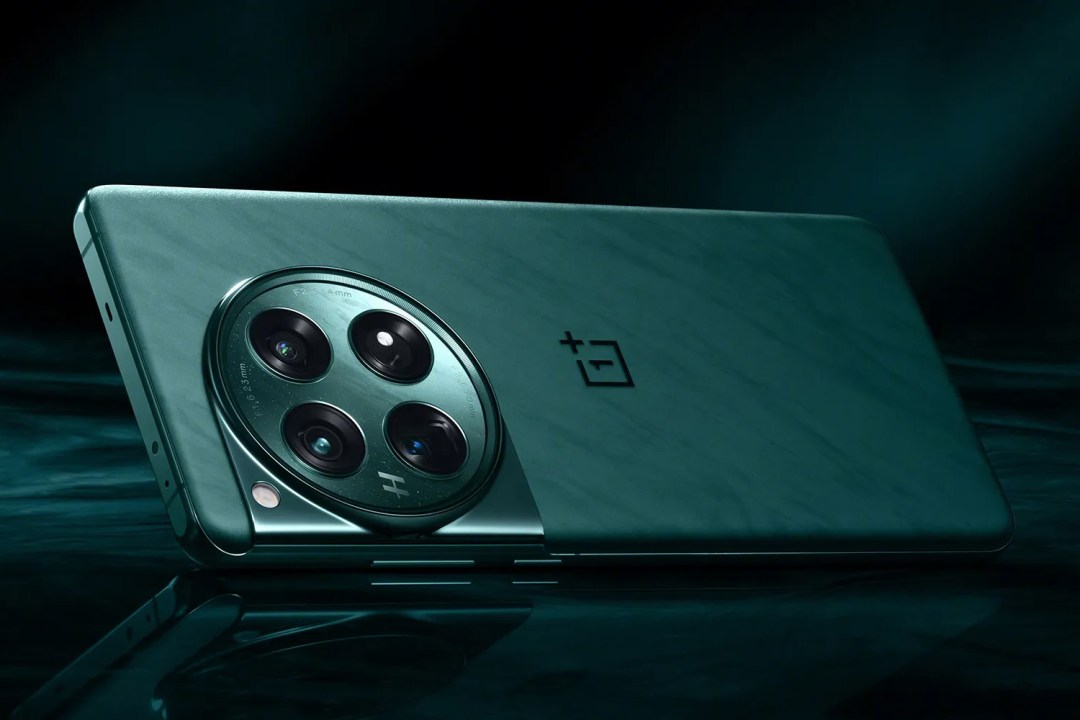
Like to follow every smartphone launch like a hawk? Your diary must be busy. From affordable phones and fresh flagships to foldables, there’s a whole host of shiny new phones coming your way in 2024. And with Mobile World Congress just around the corner, plenty of them will be arriving in the next few weeks.
We’ve rounded up the confirmed releases, probable launches and rumoured reveals for the year below, so you can keep your smartphone knowledge well ahead of the curve. We’ve also summarised the major smartphone announcements from recent months, with links to our reviews of the big hitters. Our regularly updated list has all the best upcoming phones we expect to see.
Here’s our guide to the best upcoming phones set to land over the next twelve months.
All the best upcoming phones we’re expecting soon
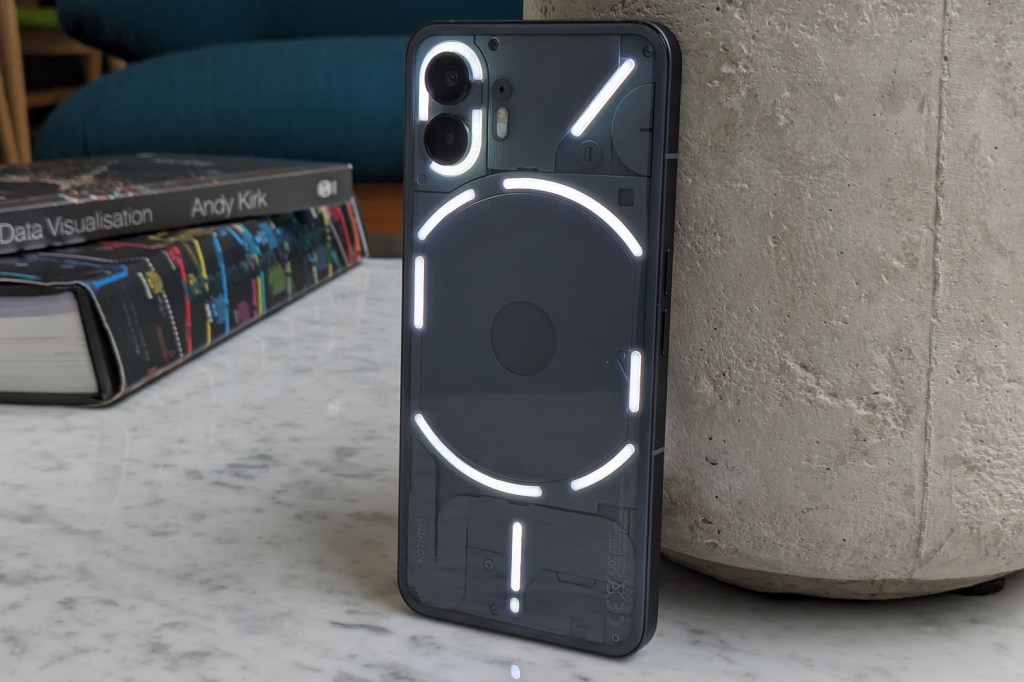
Nothing Phone 2a
Nothing’s third ever smartphone was officially confirmed in the company’s February 2024 quarterly update. The Nothing Phone 2a will apparently focus on the “optimal daily smartphone experience”, borrowing features from Phone 2 and being a clear upgrade over Phone 1 in every area.
Patent filing images hint at a very different design – albeit still with transparent rear and glyph lighting – to the current Nothing line-up. Expect MediaTek internals, too.
The fledgling firm has sent out invites for an event in February at Mobile World Congress 2024, which may or may not see the handset fully revealed. The rumour mill suggested we’d be getting the first hardware details, with a separate launch to follow later.
It makes sense that the new handset will be a new entry-level model. Phone 1 will have been around for two years in July, so the time may be right to retire it. The higher-end Phone 2 likely has another year of life before it’s due an upgrade.
We’re expecting Nothing to continue selling Phone 2 for the foreseeable, and it’s up there with the best mid-rangers around:
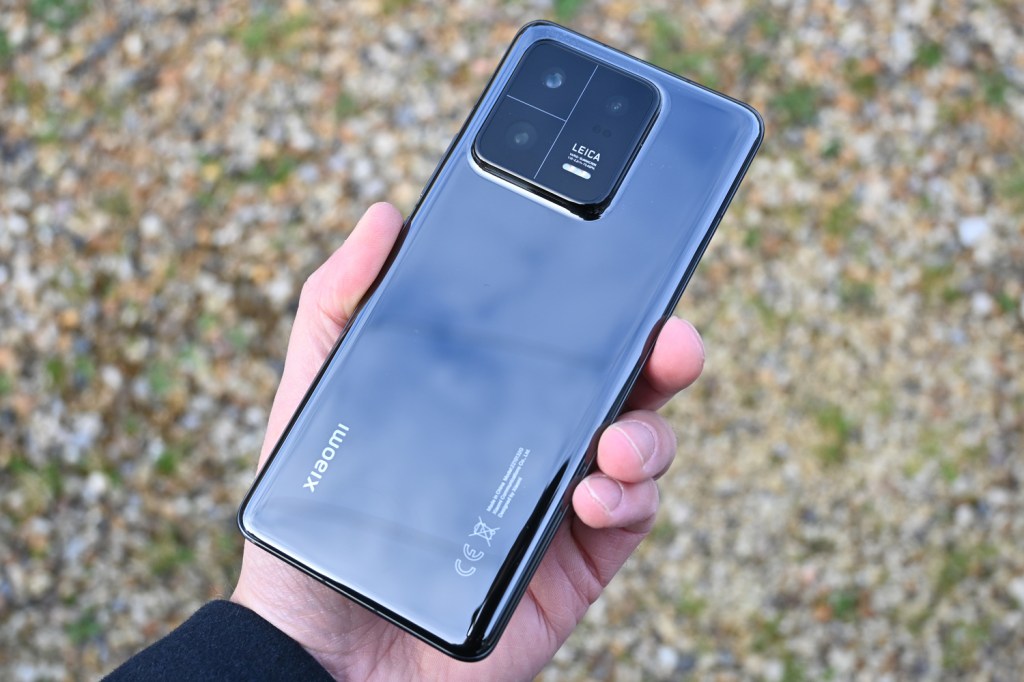
Xiaomi 14 series
Xiaomi usually unveils its next-gen smartphones in December, with home nation China receiving them first before a more global rollout in the Spring of the following year. 2023 broke that trend, with the firm announcing the first of its new generation mobiles around chipmaker Qualcomm’s annual Snapdragon Summit in October.
The reason? They were among the first phones to rock a new Snapdragon 8 Gen 3 CPU, which brings incredible on-device AI smarts as well as improved performance, efficiency and camera cleverness. The Pro also brought an iPhone 15-aping titanium frame, while both have screens with super high 3000 nits peak brightness; there’s a 6.36in panel on the Xiaomi 14, and a 6.73in screen on the Xiaomi 14 Pro. Each has a trio of rear cameras, but the Pro adds variable aperture smarts to the mix to help in low light.
China was first in line, with the rest of the world set to join in at Mobile World Congress – but only for the vanilla model. Xiaomi has since debuted the Xiaomi 14 Ultra for its home nation, which ups the ante even further on the hardware front. Rumours are it’ll be this one seeing a global release for high-end handset fans.
Until then, you can still pick up a Xiaomi 13 or Xiaomi 13 Pro – both are some of the best phones around when it comes to photography.
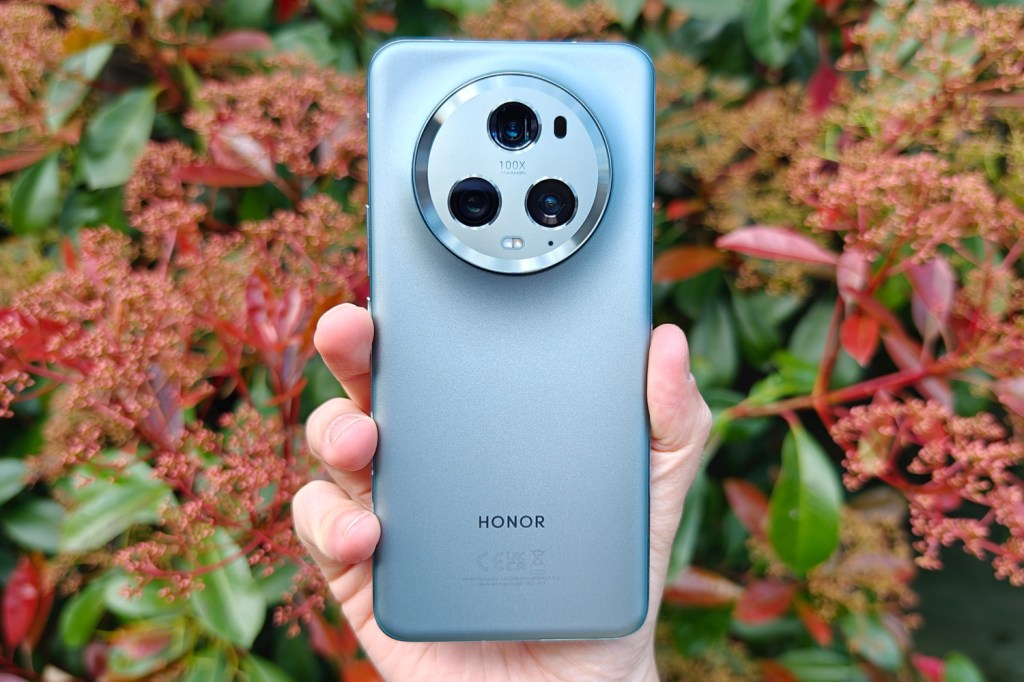
Honor Magic 6 Pro
Another smartphone confirmed at Qualcomm’s Snapdragon Summit, the Honor Magic 6 Pro eventually went on sale in China in January 2024. A global launch is now confirmed to come at Mobile World Congress, after Honor teased an announcement for the show.
Naturally it’s powered by a Snapdragon 8 Gen 3 processor. It’ll use that chip to bring “Magic Capsule”, an eye-tracking information pill at the top of the screen that looks partly inspired by Apple’s Dynamic Island. Photography remains a key part of the offering, with a mammoth 180MP periscope zoom lens as well as a large main snapper.
The Magic 5 Pro is still up there with the best phone cameras, and can be picked up for less than RRP right now:
Asus Zenfone 11
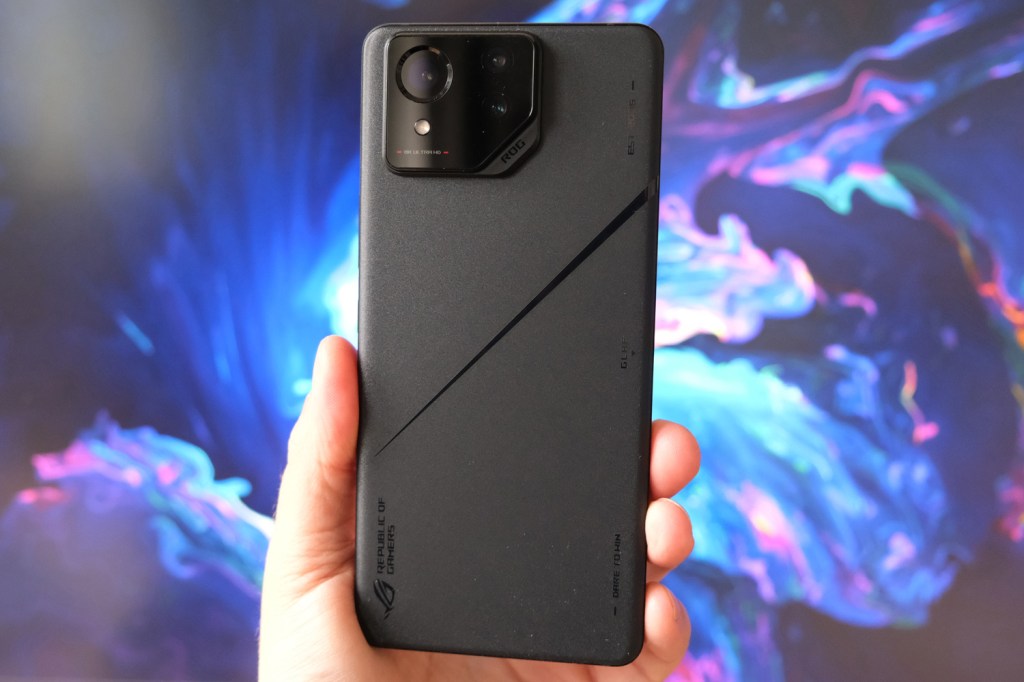
Asus can usually be relied on to deliver a pocket-friendly phone in the first few months of each year; it’s one of the few manufacturers that hasn’t abandoned the sub-6.5in screen size. At least, that used to be the case. All the Zenfone 11 rumours are currently pointing to an Ultra model, which will essentially be a rebadged ROG Phone 8.
That means a huge 6.78in screen, along with Snapdragon 8 Gen 3 power and a triple rear camera setup. Will there also be a smaller version to match? We’re keeping our fingers crossed, as it would otherwise leave Apple and Samsung unopposed in the petite phone game.
Don’t want to wait? The Asus Zenfone 10 can still be snapped up if you’re a fan of a smaller smartphone:
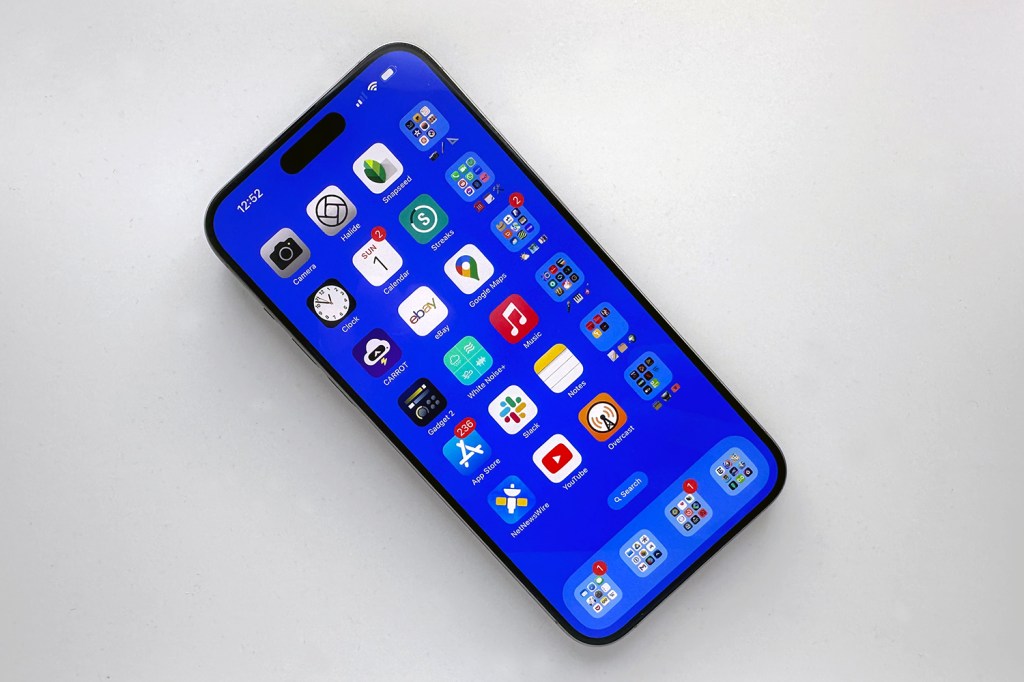
Apple iPhone 16 series
A new generation of Apple silicon seems likely, as does a new version of iOS. We’re also hoping the iPhone 15 Pro Max’s 5x telephoto lens makes its way down to the more palm-friendly iPhone 16 Pro.
The one every Apple fan will be waiting for. The iPhone 16 line-up will almost certainly be revealed in early September 2024, bringing multiple sizes and at least one Pro variant. There’s little info out there right now, other than Apple is apparently going to go big on AI this year – just like the rest of the phone world.
September 2024 feels like a long way off right now, though. The iPhone 15 line-up is as good as it gets in Apple land today:
Latest smartphone releases
Asus ROG Phone 8 / ROG Phone 8 Pro
Aggressive styling and mediocre cameras made older ROG phones tricky to recommend to non-gamers. The new ROG Phone 8 Pro changes that with a tempting trio of rear snappers and much more sedate styling. An IP68 rating and AMOLED screen help the ROG Phone 8 Pro go toe-to-toe with big name rivals, while the Snapdragon 8 Gen 3 CPU and oversized battery keep it a performance monster.
Technically still China-only at the time of writing, OnePlus’ latest flagship killer is expected to land in Europe imminently. We know exactly what to expect: the OnePlus 12 will land with a 6.82in AMOLED screen good for an astounding 4500nits peak brightness, a Snapdragon 8 Gen 3 CPU, and a three-lens rear camera setup headlined by a Sony-developed LYTIA stacked sensor.
Oppo’s China-only flagship phone goes hard on the camera front, with a ‘quad main sensor’ setup. Twin periscope telephotos provide one of the widest focal ranges of any phone without relying on digital enhancement, and the main snapper retains the astonishingly effective 1in sensor seen on last year’s Oppo Find X6 Pro. Snapdragon power, fast charging and a high brightness OLED display mark it out as a properly high-end handset, but sadly there are no plans to launch it globally.
Samsung Galaxy S24 and Galaxy S24 Plus
This year’s two mainstream Galaxy flagships see minor styling tweaks compared to their predecessors, and reuse the same camera hardware. Bigger batteries, brighter displays with skinnier bezels, and an unwavering focus on on-device AI help them stand out, with the larger of the two also getting a higher screen resolution and faster wired charging.
The new hero of the Galaxy line-up has a titanium frame and Corning Gorilla Armor glass, making it super tough as well as super luxurious. That screen is flat now, rather than curved, and there’s a Snapdragon 8 Gen 3 lurking underneath for serious power. AI is a big deal this year, being baked in to multiple apps and especially useful for generative photo edits.
It’s not a brand many European phone owners will know, but Vivo regularly knocks it out of the park with its photography-focused flagships. The X100 Pro is no different; a 1in main sensor and ‘floating lens’ periscope telephoto help it take phenomenal shots in just about all lighting conditions. Portraits are a speciality, and the rest of the hardware isn’t to be sniffed at. Getting hold of one is the biggest challenge; availability is largely limited to India and East Asia.
Don’t want to wait for the coming year’s crop of phones to be released? This extensive list includes full reviews of all the major launches from the last twelve months that you can go out and buy right now.
- Apple iPhone 15 and 15 Plus: Makes the switch to USB-C and brings Dynamic Island smarts from last year’s Pro models.
- Apple iPhone 15 Pro and Pro Max: Titanium construction and fantastic camera zoom abilities make this the best iPhone yet.
- Asus Zenfone 10: Still flying the flag for small phones, with very capable cameras and powerful internals
- Google Pixel 7a: Hard to beat for photographic ability, given the price. A great affordable all-rounder everywhere else.
- Google Pixel 8 Pro and Pixel 8: the benchmark for Android phone photography, now with AI assistance and premium build quality.
- Google Pixel Fold: Google’s first attempt at a foldable gets a lot right, but leaves room for improvement.
- Honor Magic 5 Pro: Seriously quick, very capable rear camera hardware make this a great pick for photographers.
- Honor Magic V2: Takes the title of slimmest book-style foldable phone, and doesn’t disappoint elsewhere either in terms of hardware. Rivals do multitasking better, though.
- Huawei P60 Pro: Seriously clever camera hardware suited to all lighting conditions, but the usual Huawei software stumbles
- Motorola Edge 40 Pro: The definition of a ‘mainstream flagship’ phone gets plenty right, including the price.
- Motorola Razr 40 Ultra / Razr+: Moto continues to iterate its foldables, now with options to suit different budgets.
- Nothing Phone 2: It’s only Nothing’s second handset, but Phone 2 bests many longer-running rivals for streamlined software.
- Samsung Galaxy Z Flip 5: A much more usable cover screen makes this our favourite clamshell phone to date.
- Samsung Galaxy Z Fold 5: A brilliant book-style foldable that improves on a familiar formula
- Sony Xperia 1 V: The best of Sony in a smartphone, with a strong focus on creative content. Takes a fab photo.
- Sony Xperia 5 V: A more mainstream Xperia with perfectly potent hardware and all of Sony’s familiar features.
- Xiaomi 13 / Xiaomi 13 Pro: Two superb flagship phones with all the features you’d want and ace, Leica-tuned cameras.
- Xiaomi 13 Ultra: Takes lessons learned from the Xiaomi 13 Pro and adds even more of a photography focus.



